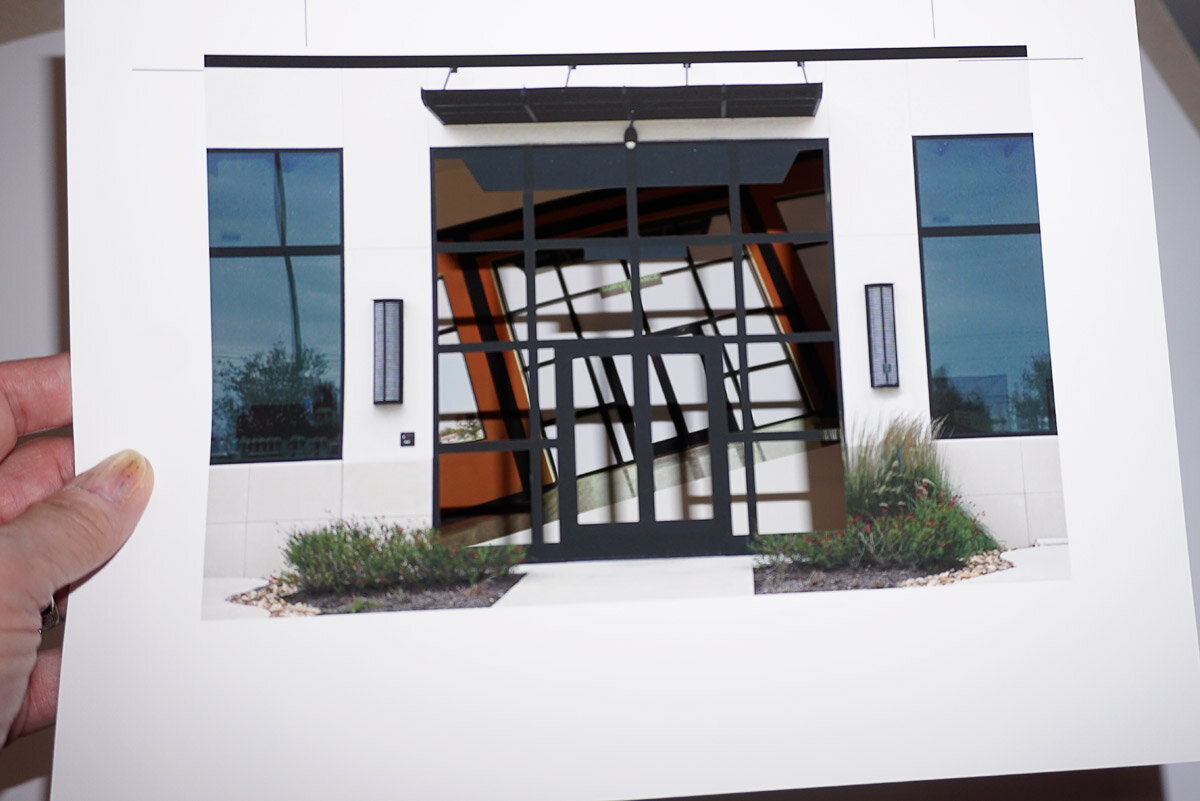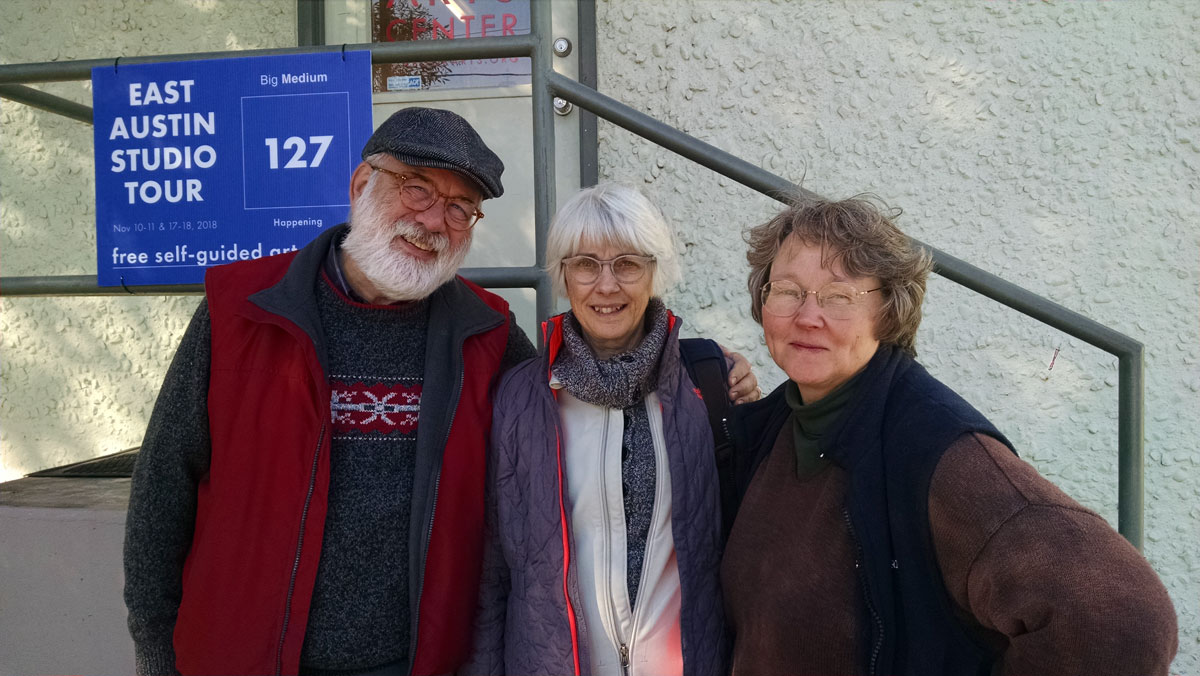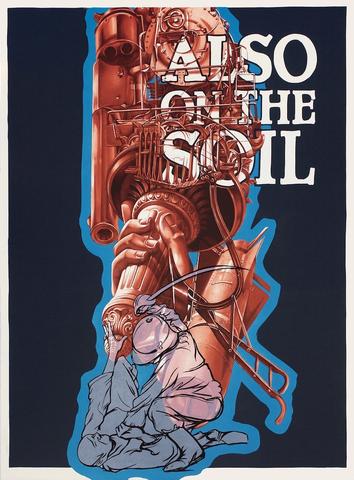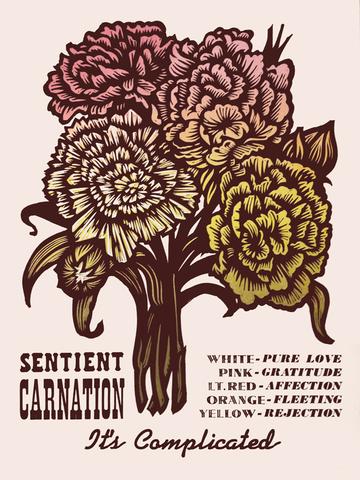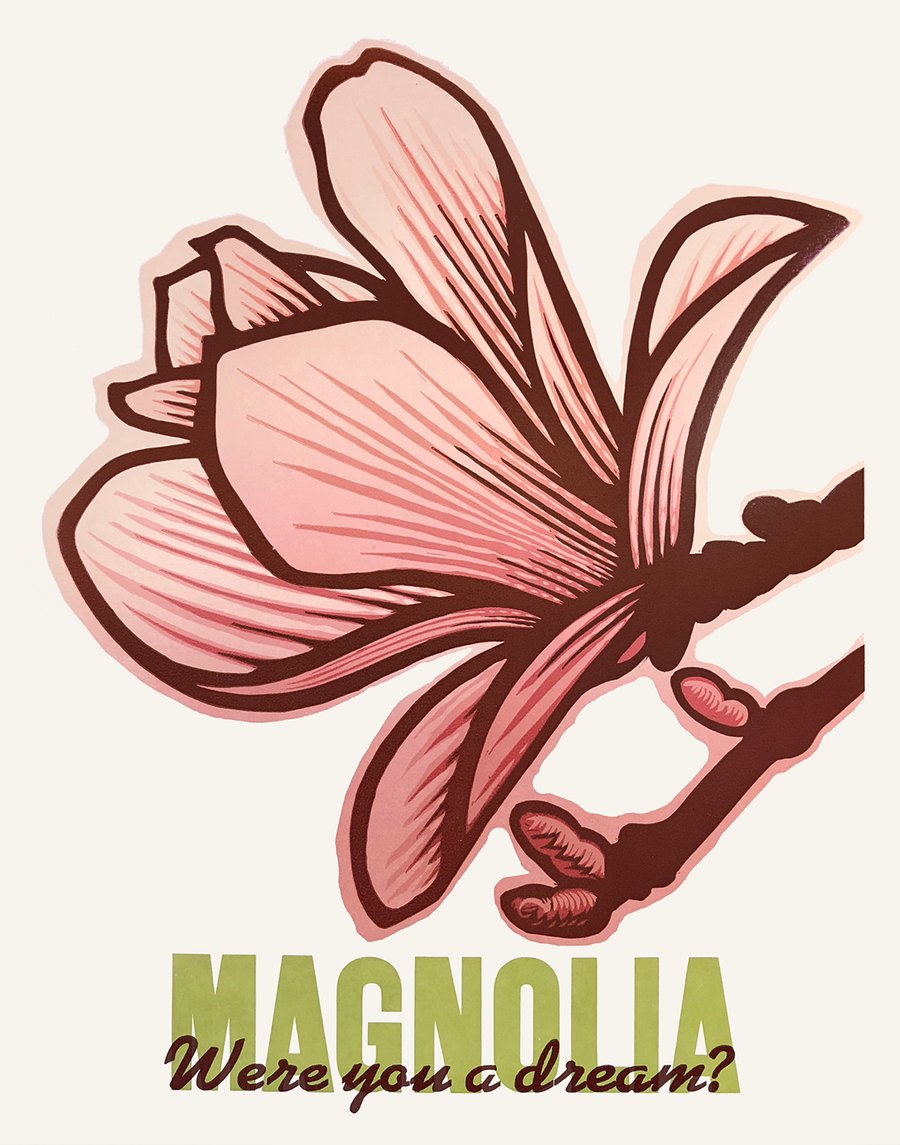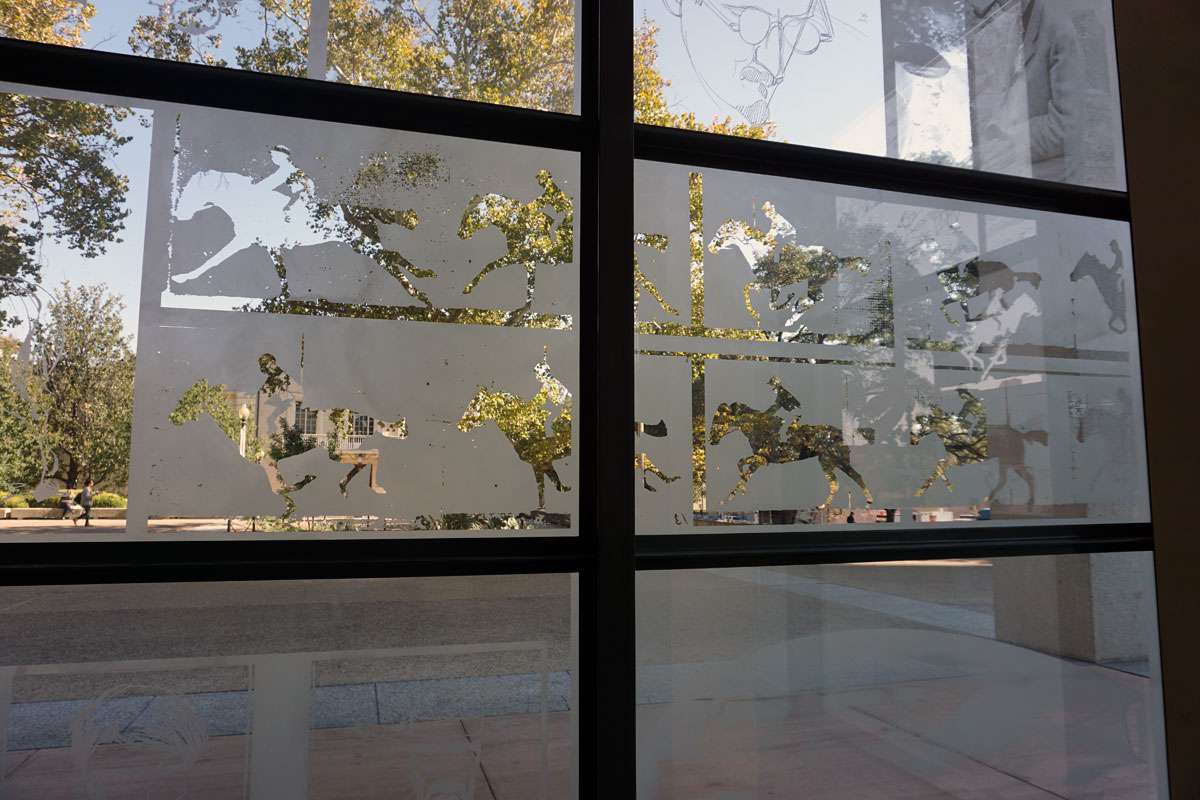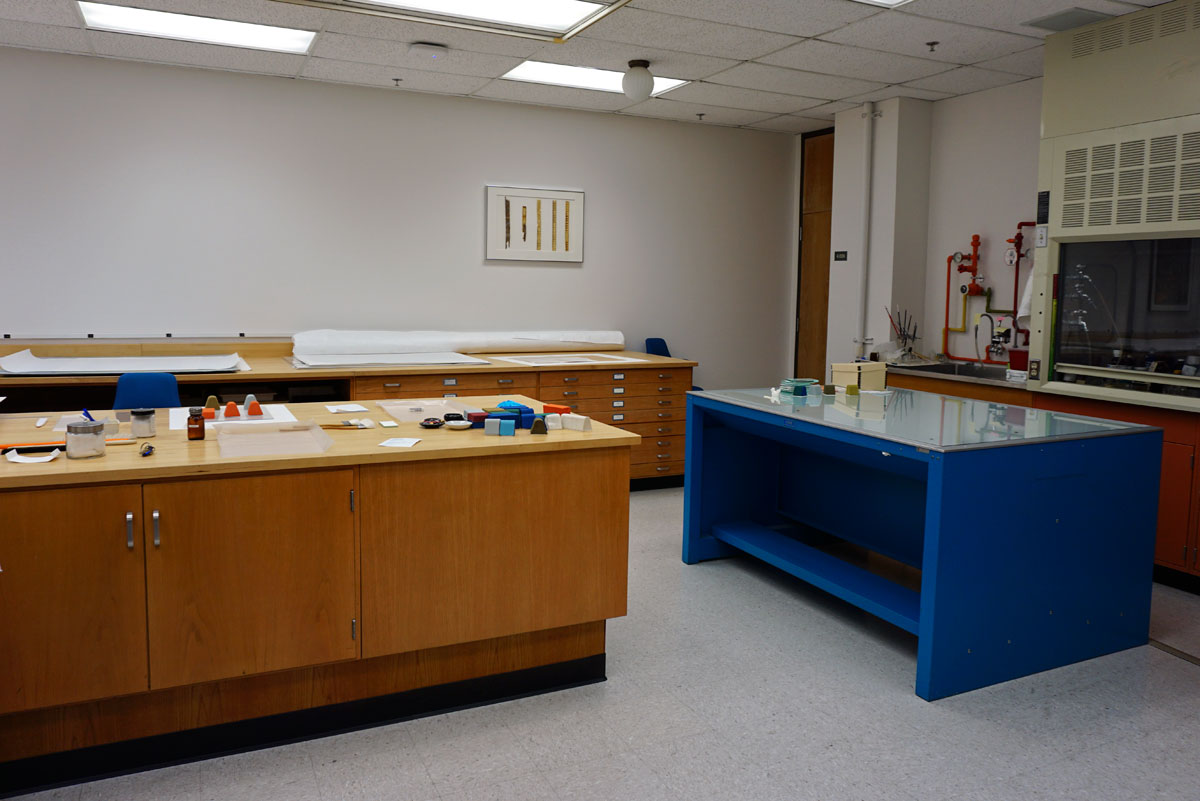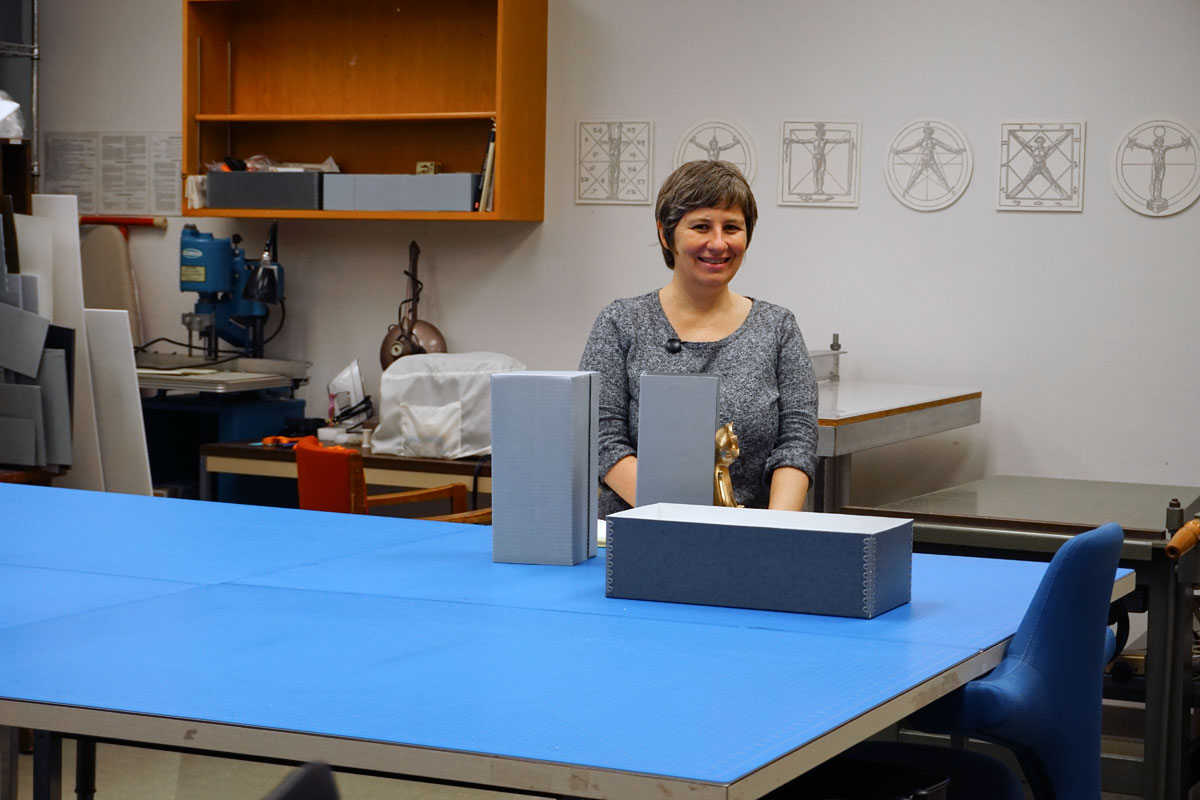I’m delighted to announce the release of my recent artists’ book that considers our privacy and freedom in a social and democratic world.
© 2021 Louise Levergneux. Surveillance, a tunnel book, 7 x 5.25 x 1.5 inches (18 x 13 x 4cm).
« Surveillance » presents the direct result of a three-year collection of security warning sign photos. The key concept started in the summer of 2017 while traversing the US from Boise, Idaho, to Gatineau, Québec. I felt my every move being watched, while travelling across the country. I became more sensitive and aware of the level of surveillance forced upon me. It wasn't that the surveillance was personal, but universal, that presented a dilemma for me. However, it became apparent Google was tracking my digital journey as I researched online. I noticed advertisements from my latest searches as Google kept tabs with bread crumbs history and presented personalized promotional links on the screen. Who’s watching?
© 2017 Louise Levergneux. Original warning sign photo.
Generally, my book ideas come after being blitzed by a subject matter or a visual stimulus. I surprise myself by photographing a similar subject over and over again, till the collection of photos provide the incentive to research in depth what captured my attention.
© 2019 Louise Levergneux. Original warning sign photo taken in San Antonio, Texas.
Next, various scenarios are played by writing or reviewing photos. I operate with the five principal questions of strategy, which helps to clarify the idea. Habitually these questions are resolved through my thought processes in the early hours of the morning. Once the idea has permeated through, I gather all my photos into Photoshop and the fun begins. This is my tool to design. The software provides to me the freedom to experiment and photography as a medium inspires me.
Next comes the planning of content, size of the page, composition, colours, the materials, structure and binding of the book... It takes a while to digest all these components and start publishing. For me, the structure is what takes the longest to decide and implement.
© 2019 Louise Levergneux. Figuring out the binding and electronics in Natalie Freed’s studio in Austin, Texas.
© 2019 Louise Levergneux. A copy of the front cover for the tunnel book, laser cut by Sarah Pike from Free Fall Laser in Adams, Massachusetts.
« Surveillance » was one of the most complicated projects I created. I needed the help of other artists who were knowledgeable in their fields for the book to come together. While visiting Olivia Primanis at The Harry Ransom Center in 2018, the idea of adding electronics to the book came to mind. Olivia suggested Natalie Freed as a contact, who was giving a workshop at the Austin Book Arts Center at the time. Working with Natalie remained a delightful experience, and our meetings brought many possibilities to the forefront and solidified the type of binding. Another conversation during a studio visit with Thomas Parker Williams in Philadelphia, provided me the opportunity to communicate with Sarah Pike from Free Fall Laser in North Adams, Massachusetts. I could not fathom the idea of cutting the windows of the cover page and holes necessary to attach the camera and wires on the book board. Oh, I tried! But this job was better executed by a laser cutter.
© 2020 Louise Levergneux. The pages of the tunnel book printed and ready to assemble.
Once the components and structure were in place, I concentrated on the five pages of the tunnel book. The fun continued in the world of Photoshop. Printing double sided layouts remain a lengthy process. Registration needs to be checked at least twice before printing the actual image. The printer settings, printer profiles, and the colour handling should be correctly chosen for the type paper used; printers are relatively complex, and they don’t always cooperate. When my Epson works smoothly, the images that roll out are beautiful with crisp and bright colours. I enjoy printing with an Epson Stylus Photo R3000; what you see is what you get — meaning — my images print exactly as they are perceived on the computer screen.
© 2019 Louise Levergneux. Cutting to size the book board for the binding of Surveillance.
The least fun of my projects is using glue! It's is all over the place. I’m lucky a book is completed without any glue on the cloth! Once the binding, the switch, the colophon, the cover image, the structure were all in place, the end was near. The pleasure of seeing all the components come together is fantastic. Now, I can invite the viewer into a world where personal freedom is infringed by the bombardment of warning signs. Once inside, the viewer’s privacy is usurped once more by a photo captured without permission.
When an artists’ book comes to completion in an effective way, the feeling of accomplishment is tremendous. I can say, done, and it feels great!
Since the project is complete my focus is now on promoting and distributing « Surveillance ». I hope you can take pleasure in the finished product. Enjoy!
As always, thanks for your interest by reading my blog posts.
© 2019 Louise Levergneux. Inside view.





